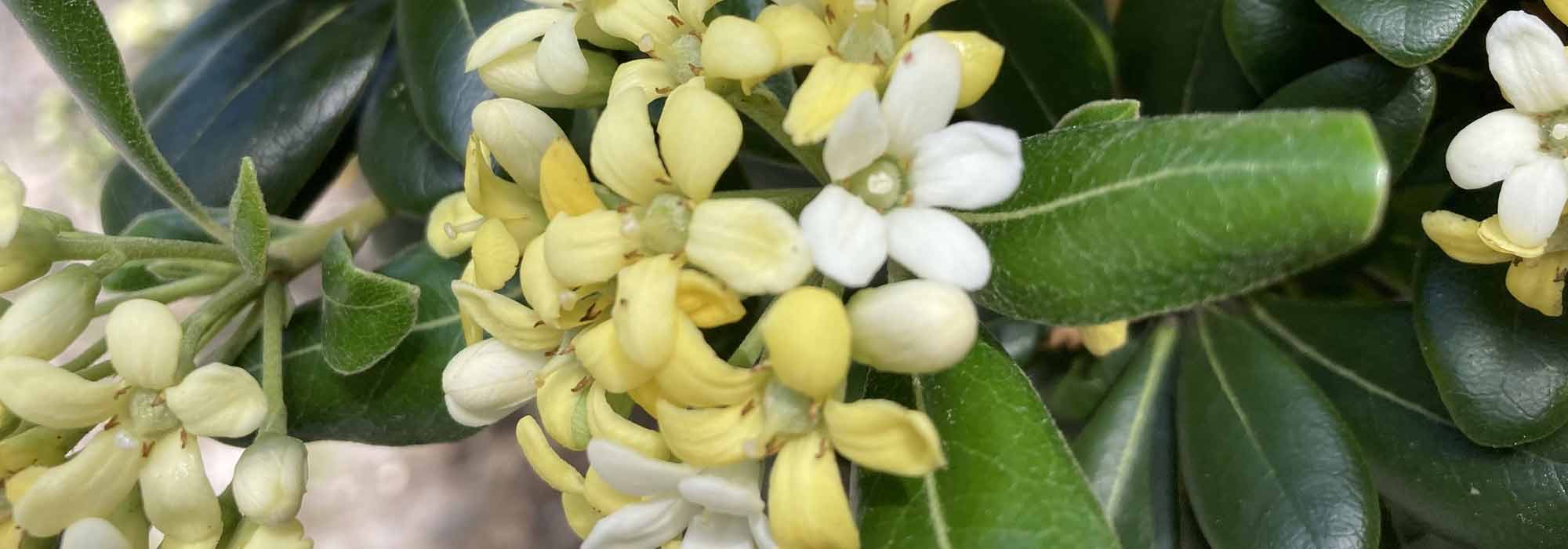
Growing a Pittosporum in a pot
to enhance garden, balcony, and terrace
Contents
Thanks to a few good practices and a bit of attention, Pittosporum can easily be grown in a pot. This method of cultivation is even the most suitable for the less hardy varieties that cannot survive outdoors during harsh winters.
Choosing the variety, container, substrate, and pot location, maintenance, and wintering… Here are our tips for growing a Pittosporum in a pot!
Which varieties to choose?
The genus Pittosporum comprises around 200 species, primarily native to New Zealand. Some are true trees that can reach heights of up to 3 or 4 m. For pot cultivation, it is better to opt for dwarf varieties of Pittosporums, whose adult height does not exceed 1 m.
Pot cultivation is particularly a very good solution for the Pittosporum tobira ‘Nanum’, which is too not hardy (only down to -5°C) to be grown outdoors in our latitudes unless you live in the Mediterranean region. This very floriferous variety, with its glossy green foliage, is covered in white flowers that exude an orange fragrance.
We also think of the Pittosporum tenuifolium ‘Golf Ball’, a small-growing variety with a very rounded compact habit and olive green, leathery, shiny foliage that remains attractive throughout the year. Also consider ‘Silver Ball’ and ‘Golden Ball’, two varieties that originated from a natural mutation of ‘Golf Ball’. The Pittosporum tenuifolium ‘Midget’ is also a dwarf variety that naturally forms a dense ball covered in small, bright green, persistent leaves in winter. Finally, the Pittosporum tenuifolium ‘Tom Thumb’ is a lovely stocky shrub with very dense foliage, producing small dark red flowers that scent of honey and vanilla.
→ Also read our article: “Pittosporum for pots: make the best choice!“

Pittosporum tobira ‘Nanum’ | Pittosporum tenuifolium ‘Golf Ball’ | Pittosporum tenuifolium ‘Tom Thumb’
Which pot for a Pittosporum?
Even if you choose a dwarf variety of Pittosporum, always opt for a large pot. The minimum recommended size here is at least 60 cm deep. A conservatory-type container is also quite suitable.
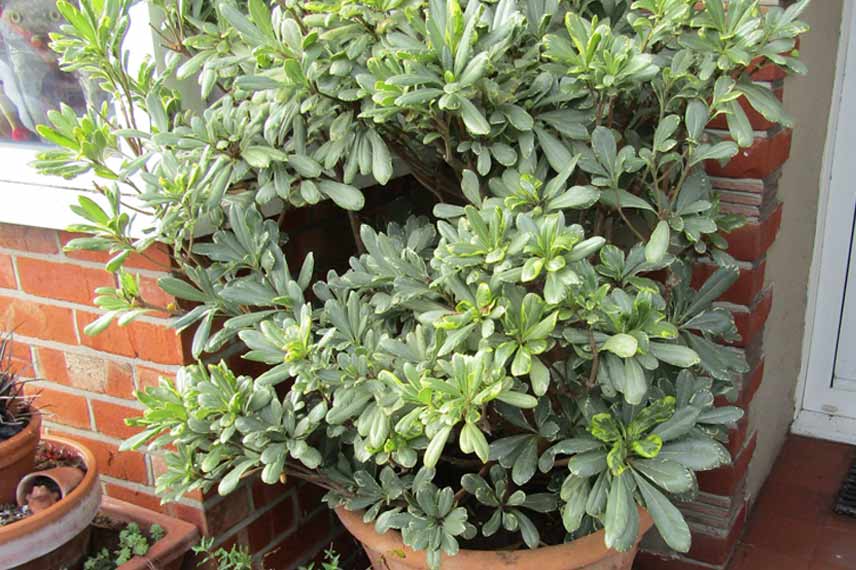
Pittosporum tobira ‘Variegata’ | © Leonora (Ellie) Enking – Flickr
Prefer to place your shrub in unglazed, unglazed terracotta pottery with drainage holes. Indeed, this porous material allows water and air to circulate effectively, enabling the roots of the Pittosporum to breathe better. This draining aspect of terracotta is ideal for Pittosporums that are sensitive to stagnant moisture. Be careful, however, terracotta pots are very heavy. Ensure that your balcony has a structure strong enough to support this weight.
Discover other Pittosporum
View all →Available in 0 sizes
Available in 1 sizes
Available in 1 sizes
Available in 1 sizes
Available in 2 sizes
Available in 2 sizes
Available in 1 sizes
Available in 3 sizes
Available in 2 sizes
Available in 1 sizes
What substrate for my Pittosporum in a pot?
Pittosporum prefers dry, light, non-calcareous soils, and is rather rich in organic matter. Substrates that retain moisture should be avoided here. For Pittosporum, it is indeed better to have a substrate that is too dry than one that is waterlogged.
For your pot cultures, choose a mix composed of equal parts:
- garden soil,
- coarse sand,
- compost or potting soil.
You can improve drainage by placing a layer of gravel or clay balls at the bottom of the pot.
Planting Pittosporum in a pot
Planting Pittosporum in a pot takes place in spring, between March and April.
- Soak the root ball in water for a few minutes.
- Install a layer of clay balls or gravel and partially fill the pot with substrate.
- Place the root ball in the pot and fill in with the remaining substrate.
- Water and mulch.
Exposure and Location
During the beautiful season, Pittosporum is placed outdoors, on a terrace, a balcony, or close to a door or window to enjoy its fragrances inside the home.
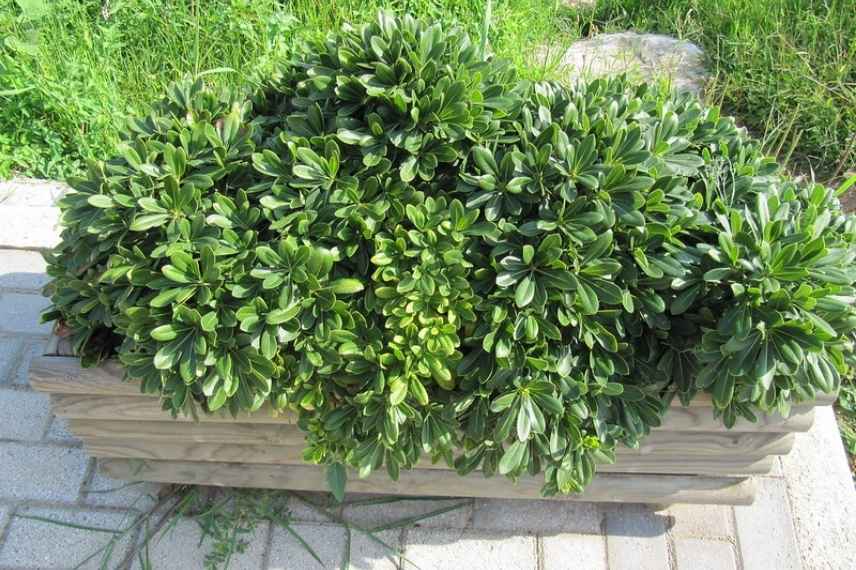
Pittosporum tobira | © Leonora (Ellie) Enking – Flickr
The shrub enjoys warm exposures, but not scorching ones. It should be placed out of cold winds. Note that most Pittosporums tolerate light shade in Mediterranean regions, particularly Pittosporum tobira. Outside regions with arid summers, prefer to place your pots in full sun to encourage their growth.
Watering Pittosporum in pots
Although this shrub tolerates dry soils, it thrives better if watered regularly, about once a week during the summer period. This is particularly true for potted Pittosporums. Indeed, this method of cultivation leads to much faster evaporation of the substrate than in open ground.
However, be careful not to overwater. If the leaves start to yellow, it is likely that your watering is too frequent or too abundant, or that the substrate is not sufficiently draining.
Caring for potted Pittosporum
In terms of amendment, potted subjects are more demanding than those planted in open ground. When they are in the growth period (between March and August), apply liquid fertiliser every month to your potted Pittosporums. Repot them every three years to completely renew their substrate.
Pruning helps maintain the harmonious and airy habit of your potted subjects and limits their development. However, the growth of Pittosporum is slower when grown in pots. A light pruning is therefore sufficient here to rebalance its habit. Be careful to always carry out this pruning once the flowering of the shrub is finished (around the end of summer). Avoid pruning it in early spring, as this will result in the loss of its flowering. You will then miss out on its fragrance.
Wintering a Pittosporum in a pot
Pittosporum is a less hardy plant (from -5°C to -7°C depending on the species). Outside coastal areas, potted specimens must be sheltered. Choose a bright and frost-free space, such as an unheated conservatory.
Be aware that potted Pittosporums are less hardy than those grown in the ground. Bring them indoors at the first autumn frosts.
During winter, water your shrub once a month only, which will be sufficient to prevent the substrate from completely drying out.
- Subscribe!
- Contents
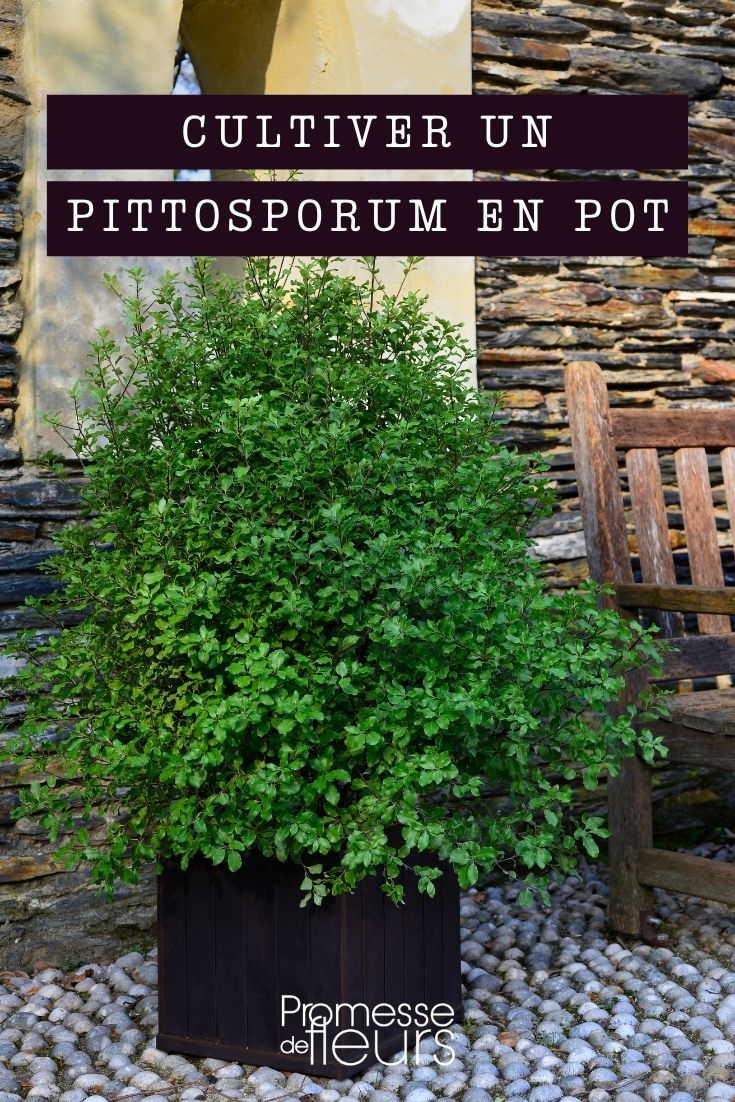
































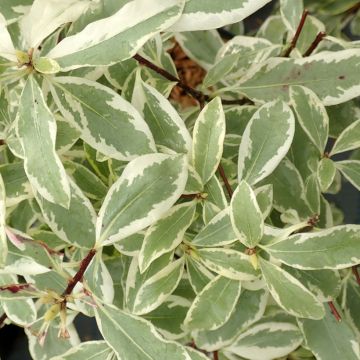
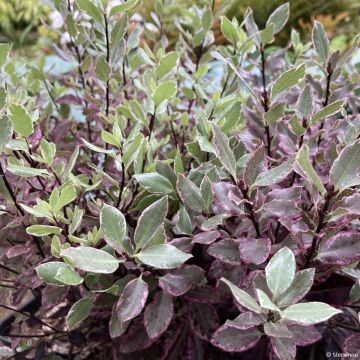

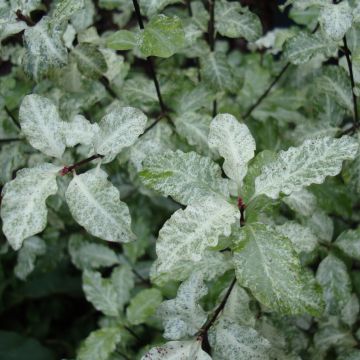
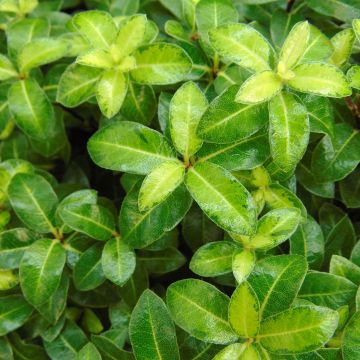
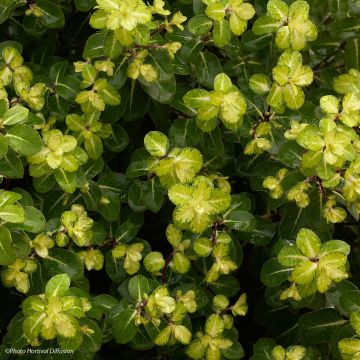
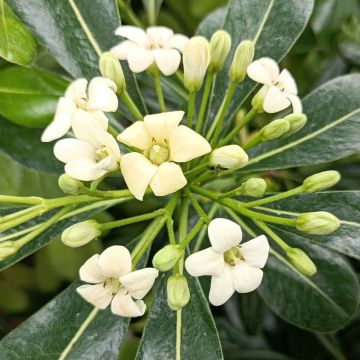
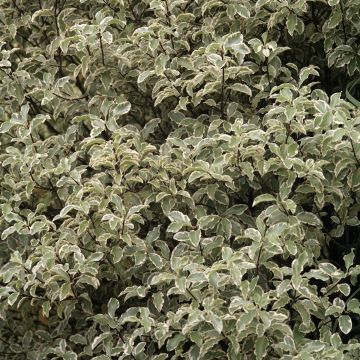
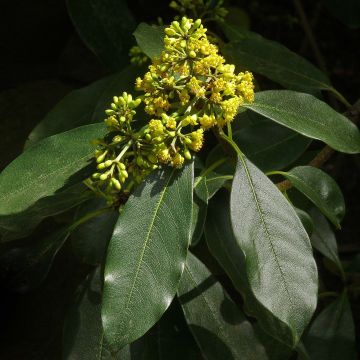
Comments